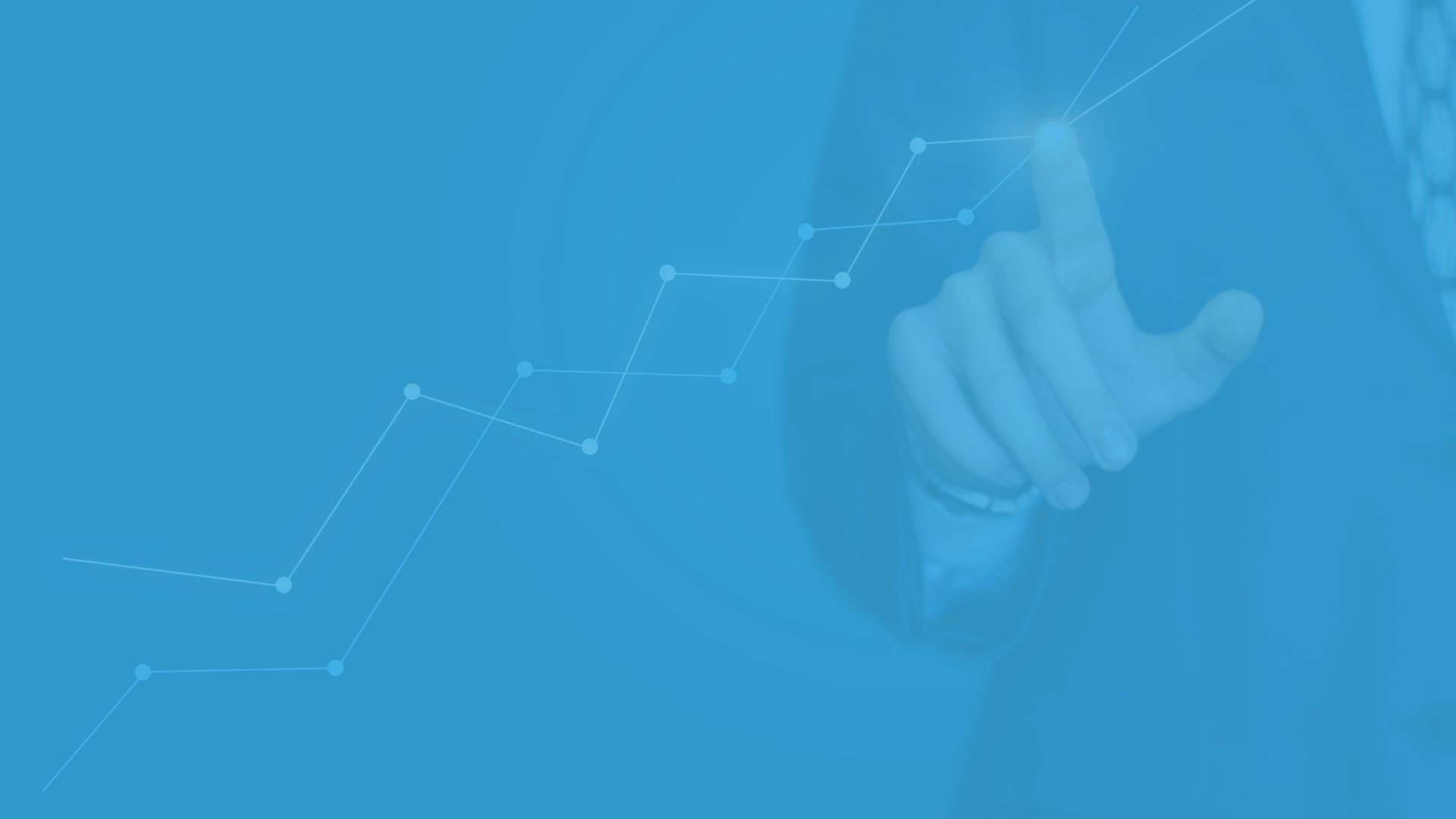
Ultimate Guide to Hubspot Sequences
What are Hubspot Sequences?
Hubspot Sequences are a way for sales representatives to execute automated or semi-automated sales activities.
Hubspot Sequences are part of the Hubspot Sales Engagement Platform which offers a suite of tools to help your team drive sales engagement.
Who Uses Them?
Sequences can be used by many different types of sales team members including BDRs, SDR’s, Sales Representatives and Account Managers. The use of the sequence features and the frequency of use can vary by the role of the sales person.


How do Hubspot Sequences Work?
With Hubspot Sequences you create a series of sales activities and then enroll contacts into the sequences which executes the sales activities. One such set of activities could be a sequence of 3 emails with the intent of setting a meeting with a prospect. You would setup a 3 part email sequence, enroll the contact in the sequence and they will receive each email on specified days with no additional actions required from the sales representative.
Hubspot sequences can also support complex sales outreach scenarios where Hubspot will generate a Task to connect on Linkedin, then create a Call record, and email the prospect. These are semi automated in that Hubspot will create a sales activity and make it easy for the sales representative to see and execute each activity.
Why Sequences are a Game Changer
There is a massive shift happening in sales organizations where a new group of tech centric sales users and leaders are leveraging technology to move more efficiently and with a higher level of personalization than competitors. This is happening in many ways, but Sequences provide a glimpse into the competitive advantage that is being created.
Historically, if you wanted to reach out over Linkedin, call and send multiple emails, you would need to come up with a way to track all the interactions manually. I still see people doing this today, exporting data from the CRM and sorting in Excel so that they know which prospect received which message and what to do next. Sequence tracks all of this for you and can help execute the tasks at high volumes. This means that a company using Sequences is executing outreach at 10 to 100X the efficiency of companies who do not.

When to use Hubspot Sequences
Given that Sequences help sales reps stay in touch, there is an infinitive list of ways that they can be leveraged. We are going to focus on 4 categories of usage.
Prospecting – The majority of users start off using sequences for prospecting with the intent on setting meetings. This is a great first place to start because you can build out sequences that are highly reusable and personalized. This is less complex than using sequences for buyer intent situations which we highlight later.
Inbound Leads – It is very common for sales reps to receive leads, follow up once or maybe twice and then move on to focus on prospects that are more engaged. The challenge is that it takes more sales activities to engage a lead than most reps will complete. With sequences, sales reps and can enroll inbound leads, which will automatically follow a set of sales actions without additional interactions from the sales rep.
Buyer Intent – By storing all contacts and prospect data in Hubspot and linking it to your website, you get to see which pages prospects are visiting on your website. Each time someone visits your site, sales reps get a better understanding of the services that prospect is interested in. Then they can enroll them in a sequence that is 100% tailored to the pages or products that they showed interest in.
Deal Follow Up – Another sequence that can be created is the Deal follow up sequence. While guiding a prospect through the buying cycle, prospects often get to a point where they are in a holding pattern or making a decision. In many cases, the sales rep also puts their actions on hold or converts to intermittent check ins to see if the prospect is ready to buy. In this case, the rep can use a Deal follow up sequence which automatically sends the prospect helpful purchase decision information. The goal with this sequence is to stay in touch with helpful information while the prospect is collaborating with their team on a purchase decision.

Other Common Use Cases
Staying Relevant – Have you ever received an email from someone with a solution that you thought was compelling but it wasn’t the right time to buy? I have, and what usually happens is that I file it away somewhere thinking I want to revisit it at a later date. Then that date come along and I can’t find it, so I do a Google search and find someone else to provide the service. At FounderScale, we work to overcome this by putting in systems and processes that engage prospects on a monthly basis. Our goal is to send something useful to every prospect in our database every 30 days. We use Sequences to do this because we don’t want one size fits all email blasts and we want it to come from the reps email so that the prospects build recognition with a person that they will work with.
Podcast Interviews – If your company has a B2B interview style podcast, the sequence tool is a great way to reach out and follow up with a large number of interview requests in an automated way.
Webinars – One of the best ways to drive more people to a webinar is to engage your sales team in sending outbound sequences inviting customers and prospects to attend. With all the marketing data in Hubspot, marketing can send the standard communications about the webinar and then sales can have a list of all the contacts that weren’t notified. These are perfect for outreach from a rep.
What are Multi-Channel Sequences?
When it comes to sales prospecting, the best and most effective sequences are ones where you reach out across multiple channels which may include emails, calls and Linkedin messages. You can also get more creative by adding offline channels to send mailers or by leveraging SMS depending on the type of business you are in.
